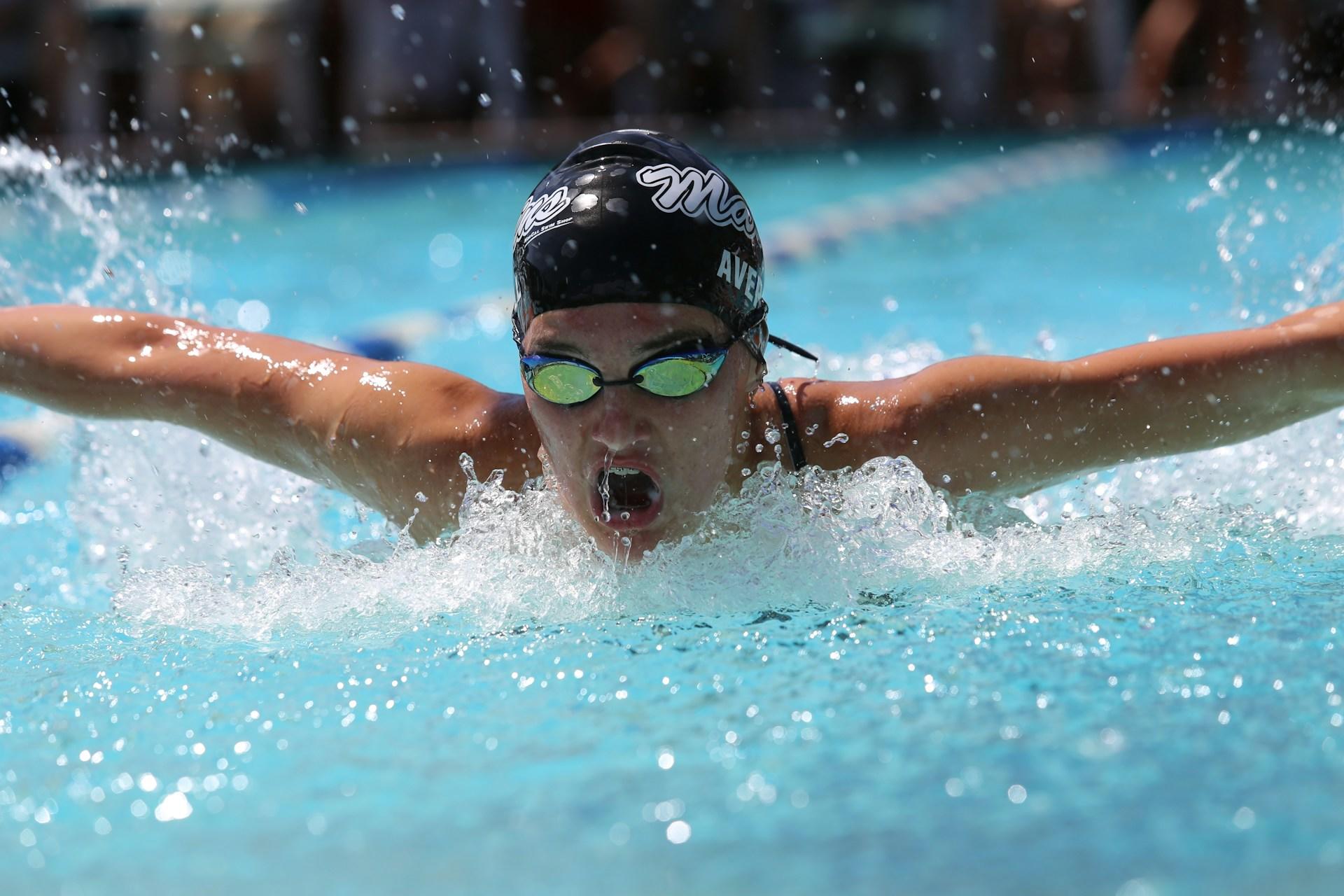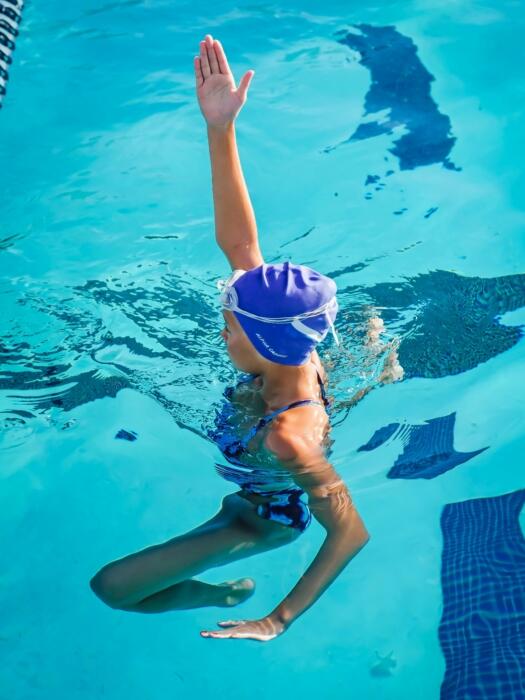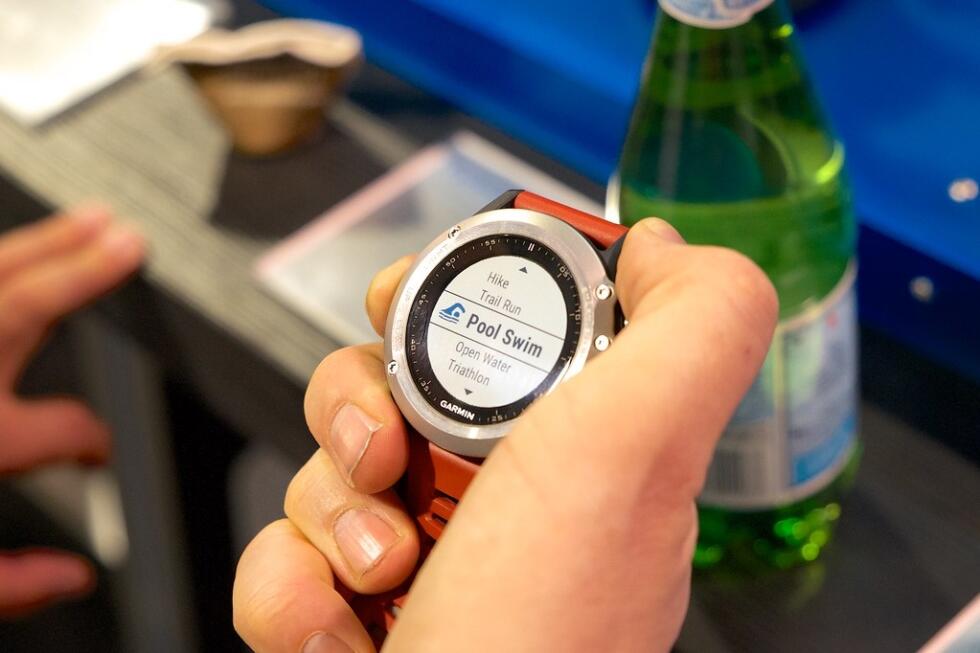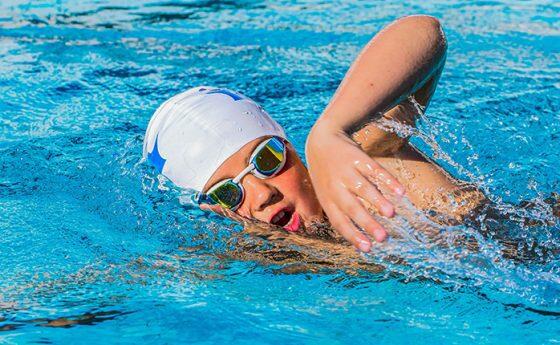Swimming is one of the most complete forms of exercise, it strengthens the body, improves endurance, and supports overall well‑being. Learning different swimming strokes not only makes your workouts more effective but also helps you become a more confident and versatile swimmer.
Each stroke serves a unique purpose, from boosting speed and stamina to improving coordination and safety in the water. Whether you’re training for competitions or simply looking to boost fitness through swimming, understanding the 4 swimming strokes, is essential to nailing proper technique and preventing injuries.


Overview of Swimming Strokes
There’s more than one way to swim a lap. From fast-paced strokes used in races to slower, more relaxed ones for beginners, each style has its own feel and purpose.
Learning the different swimming strokes is a great way to mix things up, challenge your body in new ways, and find out what works best for you. Some strokes focus more on speed, others are great for building strength or practicing control.
Each type of swimming in the table below has its own purpose, whether it’s speed, safety, or strength. While not all of them are officially categorized as competitive types of swim strokes, they are still considered valid and practical swimming techniques. From beginner-friendly styles to advanced military methods, there’s something for every swimmer to explore👇
| Stroke Name | Best Known For | Use Case | Difficulty |
|---|---|---|---|
| Breaststroke | Timing and glide | Competitions, technique training | Medium |
| Backstroke | Swimming on the back with rhythm | Competitions and recreational swimming | Medium |
| Freestyle (Front Crawl) | Speed and efficiency | Competitive races, all levels | Medium |
| Butterfly | Powerful and challenging | Competitive swimming, strength training | Hard |
| Sidestroke | Efficient side-body stroke | Rescue situations, low-intensity | Easy–Medium |
| Elementary Backstroke | Simple stroke for beginners | Teaching kids and beginners | Easy |
| Combat Side Stroke | Used by Navy SEALs and military swimmers | Efficiency, stealth, long-distance swimming | Medium–Hard |
| Trudgen | A mix of freestyle and scissor kick | Historical stroke, early racing | Medium |
| Sculling | Small arm movements to stay afloat or move slowly | Treading water, synchronized swimming | Easy–Medium |
| Dog Paddle | Basic, instinctive swimming style | Survival, beginners | Easy |
| Survival Backstroke | Energy-saving stroke for long swims | Lifeguarding, military training | Medium |
| Inverted Breaststroke | A variation of breaststroke on your back | Lifesaving situations | Medium |
The Four Competitive Swimming Strokes
Swimming can offer so many great things, like a good workout or a fun sport. There's a lot different ways you can swim. The 4 most common ones are the front crawl, backstroke, breaststroke and butterfly. Let's look at these further.
1. Freestyle (Front Crawl)
Freestyle is the fastest and most commonly used stroke in competitions. Swimmers lie on their stomachs and alternate their arms in long, sweeping movements while kicking their legs up and down (called a flutter kick). Breathing is done sideways, turning the head naturally with the body’s rotation.1
Swimmers reach forward with one arm while pulling the other through the water. Legs kick up and down quickly in a flutter motion, and the head stays low, only turning slightly for breaths. A streamlined body position helps reduce drag and conserve energy.
Freestyle is great for cardiovascular endurance and total-body conditioning. It’s also an excellent calorie-burning exercise and improves coordination, making it ideal for both fitness and competitive goals.
Freestyle is the primary stroke used in most swimming races, especially in freestyle events and triathlons.
If you want to get better at freestyle, it helps to see how it’s done. Watching someone swim the stroke is one of the easiest ways to understand how the arms, legs, breathing, and body position all work together.3
Here’s a video of one of the most popular types of swimming strokes to help you crack the basics of freestyle, from body position to breathing 👇
2. Backstroke
Backstroke is one of the four main strokes in competitive swimming and the only one where you float on your back. It’s a solid choice if you want something that’s easy to breathe in and feels more relaxed than other strokes. It also fits well into swimming drills to improve fitness, especially for swimmers who want to strengthen their back and core without putting too much strain on the neck or joints.1
You lie on your back, kicking your legs in a steady flutter while your arms take turns doing big circles. Keep your head still, eyes looking up, and try to stay as flat as possible near the water’s surface.
Backstroke works your back, shoulders, and core while being easier on your neck. It’s also great for posture and balance in the water.
This stroke is used in races, swim workouts, and even for easy recovery laps. It’s one of the most useful swim strokes to learn, especially if you’re after variety and comfort.
Want to see it in action? This video shows you how it’s done, so you can watch the movement, get a feel for the rhythm, and try it out yourself 👇
3. Breaststroke
Breaststroke is one of the most recognizable and widely taught swimming strokes. It’s the one where your arms and legs move at the same time, almost like a frog kick. Even though it looks simple, it takes a lot of coordination to get it right, which is why it’s often one of the trickier strokes to master.
It’s also one of the different types of swimming strokes that’s great for building strength and control in the water. Plus, it’s easy to include in fitness swim routines if you want to work on endurance and technique at a slower pace.1
In breaststroke, your arms stretch forward together, then sweep out to the sides and pull back in a circular motion. At the same time, your legs bend and kick out in a wide, circular move, like a frog. Breathing happens when you lift your head slightly as your arms pull in.
Breaststroke is great for beginners because you can always keep your head above water if needed. It’s also perfect for improving coordination, toning the legs and chest, and building overall endurance without pushing too hard.
This stroke is often used in recreational swimming, teaching environments, and competitive races. It’s slow but steady, making it ideal for long-distance swims or recovery laps.
Want to see how it’s done? Here’s a quick video showing the breaststroke technique, from the timing of the arm pull to the rhythm of the kick 👇
4. Butterfly stroke
The butterfly stroke is powerful, fast, and, let’s be honest, a bit tricky to learn. It’s one of the different swim strokes that takes the most strength and coordination, which is why it’s often taught after the basics. But once you get the rhythm down, it feels super smooth and strong in the water.
Swimmers stay on their stomachs, moving both arms together in a big, circular motion while their legs do a dolphin kick, both legs staying straight and kicking up and down in unison. Your body kind of moves like a wave, and the timing is everything.1
Arms swing forward together above the water, then push through underneath to drive you ahead. At the same time, the legs kick in a fluid, dolphin-like motion. The hips lead the movement, helping the body rise and fall naturally. You breathe when your chest lifts, usually once every one or two strokes.
Butterfly is amazing for building upper body strength and improving lung capacity. It’s also a huge calorie burner and a fun challenge if you want to test your limits. This is one of the swimming strokes explained in more advanced classes or workouts.
Butterfly is used in competitive races and high-intensity swimming drills to improve fitness. You won’t usually see it in casual laps at the pool, but it’s a great stroke to add to your routine if you’re looking to level up.
Curious how it all looks when it comes together? This video shows the butterfly stroke step-by-step, including how to time your arms, legs, and breathing like a pro 👇

Additional Swimming Strokes
Earlier, we shared a full table of swimming styles, and not all of them are official strokes in a competitive sense. But that doesn’t mean they aren’t useful. Because if you want to improve your water skills, build strength, or stay prepared for different situations, exploring other types of swim strokes can really round out your abilities.
Take sidestroke, for example. It’s calm, energy-saving, and easy to breathe in, which is why it’s used in lifesaving and long-distance swims. The body stays on its side, one arm pulls while the other rests, and the legs do a wide scissor kick. It may not be flashy, but it’s one of the most practical swimming strokes explained for real-life situations.
From there, you might eventually come across the combat sidestroke. Developed for military training, it’s like a stealth version of the sidestroke but more streamlined, efficient, and used to swim long distances in open water without drawing attention.
If you’re after something more gentle, the elementary backstroke could be a great fit. You float on your back, arms sweep out like a half-circle, and your legs kick like a frog.
The easiest stroke to learn is usually breaststroke. It’s slow, steady, and lets you keep your head above water the whole time, which is great when you’re still getting comfortable.
But if safety is your main goal, especially in open water, the sidestroke or elementary backstroke might be better. These strokes are more energy-efficient, which means you can swim longer without getting as tired.
Other techniques aren’t full strokes, but they still matter. Sculling, for example, teaches you how to use your hands to stay afloat and control your movement. You’ll see it a lot in synchronized swimming and skill drills, and it can boost your confidence in the water.
So to summarize, learning different swimming strokes, even the lesser-known ones, makes you a stronger, more confident swimmer. They might not all be used in races, but they can improve your control, safety, and overall ability in the water.
Choosing the Right Stroke for You
There are lots of swimming strokes names out there, and each one has something different to offer. Some strokes are fast and powerful, others are slow and relaxing. The right one for you depends on what you like and what you want to get out of swimming.
Here’s a quick guide to help you decide:
Want to get your heart rate up and build endurance? 🏃♀️
Freestyle is a great choice. It’s fast and works your whole body. Butterfly is also great for fitness, but it takes more effort and practice
Prefer something calm and easy to learn? 🧘♂️
Try sidestroke or elementary backstroke. They’re smooth, simple, and good if you’re just starting out. You can also go with backstroke. It’s easy to breathe in and helps with posture too.
Looking to build strength and control? 💪
Breaststroke is a solid pick. It’s slower but works your legs, arms, and core.
All strokes offer something different, and that’s what makes swimming fun. You don’t have to stick to just one. Try a few and see what feels best.
And no matter your level, just getting in the pool is a win. The benefits of swimming aren’t just physical, it’s also great for your heart, your muscles, and your mood.
Swimming isn’t just a fun way to move, it’s also a full-body workout that’s easy on your joints and great for your overall well-being. You can easily burn anywhere from 400 to 700+ calories per hour depending on the stroke and your intensity.3
Tips for Improving Your Swimming Technique
Want to swim better without burning out halfway through your workout? A few small changes to your technique can make a big difference. You’ll move more smoothly, save energy, and enjoy your time in the water more.
No matter which stroke you’re working on, here are four things to focus on:

Leg Kick
Your legs help you stay balanced and keep your body in the right position. In freestyle, they only give you a little bit of speed, but they’re still important. Keep your kick steady and small, and try not to splash too much, especially in backstroke.
Arm Movement
Most of your power comes from your arms. Try to move them in a smooth, controlled way. Don’t just rush through it. For freestyle, keep your elbow high. In butterfly, press the water back with both arms at the same time. In backstroke, enter with your little finger first.


Timing
Timing is how your arms and legs work together. If it’s off, swimming feels harder. Butterfly and breaststroke especially need good rhythm to glide instead of fight the water. Time short sets to spot patterns, stay consistent, and track progress.
Breathing
Try not to let your breathing break your flow. In freestyle, turn your head just enough to get air. In butterfly, keep your chin low when you breathe. Smooth breathing helps you stay relaxed and swim longer.

Even if you’ve been swimming for a while, these basics are always worth revisiting.2 And if you’re just getting started, taking a few swim lessons for better fitness can really help build a strong foundation and make your workouts more fun and effective.
References
- The stroke basics (no date) U.S. Masters Swimming. Available at: https://www.usms.org/fitness-and-training/guides/swimming-101/the-stroke-basics (Accessed: 03 November 2025).
- Stroke training to improve swimming times: What all swimmers should know (no date) Sports Performance Bulletin. Available at: https://www.sportsperformancebulletin.com/training/techniques/stroke-training-to-improve-swimming-times-what-all-swimmers-should-know? (Accessed: 03 November 2025).
- Person (2017) The health and wellbeing benefits of Swimming report: Download here, Swim England. Available at: https://www.swimming.org/swimengland/health-and-wellbeing-benefits-of-swimming/ (Accessed: 04 November 2025).
















